In this work, we develop a theoretical model of affinity and avidity in the immune system.The model is based on an extension of the Cubic Ternary Complex (CTC) model of receptor - ligandinteractions to the immunological synapse setting. We use the resulting equation to study how lysiscan occur for a cell exhibiting only self proteins. This general affinity model gives a nice quantitativetool which can be used to explore a nonlinear model of how a T Cell can have a productive interactionwith a MHC-I complex even though the encapsulated peptide fragment is a self protein. The modelbuilt will allow the creation of even more general autoimmune models within the framework of B andT Cell differentiation via cytokine signalling families.
1.
Introduction
In combinatorics, the Catalan numbers are the numbers of Dyck words of length $ 2n $ or the numbers of different ways $ n + 1 $ factors completely parenthesized or the numbers of non-isomorphic ordered trees with $ n + 1 $ vertices or the numbers of monotonic lattice paths along the edges of a grid with $ n \times n $ square cells, which do not pass above the diagonal or the numbers of noncrossing partitions of the set $ \{1, ..., n\} $ and arise in many other counting problems with real-world applications [3,5,7,24,28]. The Catalan-Daehee numbers are defined by assigning $ \sqrt{1-4t}-1 $ instead of $ t $ in the definition of Daehee numbers which play important role in connecting relationship between special numbers [10,16]. Moreover, the generating function of Catalan numbers can be represented by the fermionic $ p $-adic integral on $ \mathbb{Z}_p $ of $ (1-4t)^{\frac{x}{2}} $ and the generating function of Catalan-Daehee numbers can be represented by the $ p $-adic Volkenborn integral on $ \mathbb{Z}_p $ of the same function $ (1-4t)^{\frac{x}{2}} $ [16,17]. Various identities of Catalan-Daehee polynomials have been studied in [5,16,17,29].
Many scholars in the field of mathematics have worked on degenerate versions of special polynomials and numbers which include the degenerate Stirling numbers of the first and second kinds, the degenerate Bernstein polynomials, the degenerate Bell numbers and polynomials, the degenerate gamma function, the degenerate gamma random variables, and so on [1,2,10,11,12,13,14,15,19,20,30,31]. We can find the motivation to study degenerate polynomials and numbers in the following real-world examples. Suppose the probability of a baseball player getting a hit in a match is p. We wonder if the probability that the player will succeed in the 11th trial after failing 9 times in 10 trials is still $ p $. We can see cases where the probability is less than p because of the psychological burden that the player must succeed in the 11th trial [31].
In the 1970s, Rota and his collaborators [22,23,24] began to construct a rigorous foundation for the classical umbral calculus, which consisted of a symbolic technique for the manipulation of numerical and polynomial sequences. The umbral calculus has received much attention from researchers because of its numerous applications in many fields of mathematics, physics, chemistry, and engineering [4,6,9,11,13,15,16,20,21,22,23,24,25,26,28]. For instance, the connection between Sheffer polynomials and Riordan array and the isomorphism between the Sheffer groups and the Riordan Groups are proved [25,26]. Recently, Kim-Kim [11] introduced the $ \lambda $-Sheffer sequences and the degenerate Sheffer sequences by substituting $ \lambda $-linear functionals and $ \lambda $-differential operators, respectively, instead of linear functionals and differential operators.
With these points in mind, in this paper, we first define the degenerate Catalan-Daehee numbers and polynomials and degenerate Catalan-Daehee polynomials of order $ r (\geq 1) $ as one of the generalizations of the degenerate Catalan-Daehee polynomials. It is difficult to study identities related to degenerate Catalan-Daehee polynomials and special polynomials using the p-adic integral on $ \mathbb{Z}_p $ or other properties. Thus, we explore various interesting identities related to the degenerate Catalan-Daehee polynomials of order $ r $ and special polynomials and numbers by using degenerate Sheffer sequences. At the same time we derive the inversion formulas of these identities. Some of them include the degenerate and other special polynomials and numbers such as the degenerate falling factorials, the falling factorials, the degenerate Bernoulli polynomials and numbers of order $ r $, the degenerate Euler polynomials and numbers of order $ r $, the degenerate Daehee polynomials of order $ r $, the degenerate Bell polynomials, etc.
Now, we give some definitions and properties needed in this paper.
For any nonzero $ \lambda\in\mathbb{R} $, the degenerate exponential function is defined by
By Taylor expansion, we get
where $ (x)_{0, \lambda} = 1, \ (x)_{n, \lambda} = x(x-\lambda)(x-2\lambda)\cdots(x-(n-1)\lambda), \ (n\ge 1) $.
The degenerate Bernoulli polynomials and degenerate Euler polynomials of order $ r $, respectively, are given by the generating function
and
We note that $ B^{(r)}_{n, \lambda} = B^{(r)}_{n, \lambda}(0) $ and $ E^{(r)}_{n, \lambda} = E^{(r)}_{n, \lambda}(0) $ $ (n\ge 0) $, which are called the degenerate Bernoulli and degenerate Euler numbers of order $ r $, respectively.
The degenerate Bernoulli polynomials of the second kind of order $ r $ are defined by the generating function
When $ x = 0 $, $ b^{(r)}_{n, \lambda} = b^{(r)}_{n, \lambda}(0) $, which are called the degenerate Bernoulli numbers of the second kind of order $ r $.
The degenerate Daehee polynomials of order $ r $ are defined by the generating function
where $ \log_\lambda(1+t) = \frac{1}{\lambda}((1+t)^\lambda-1) $ and $ \log_\lambda(e_\lambda(t)) = e_\lambda(\log_\lambda(t)) = t $.
When $ x = 0 $, $ D^{(r)}_{n, \lambda} = D^{(r)}_{n, \lambda}(0) $, which are called the degenerate Daehee numbers of order $ r $.
The Bell polynomials are defined by the generating function
Kim-Kim introduced the degenerate Bell polynomials given by the generating function
When $ x = 1 $, $ Bel^{(r)}_{n, \lambda} = Bel^{(r)}_{n, \lambda}(1) $ are called the degenerate Bell numbers.
For $ n\geq 0 $, it is well known that the Stirling numbers of the first and second kind, respectively are given by
and
where $ (x)_0 = 1, \; (x)_n = x(x-1)\dots (x-n+1) $, $ (n\geq 1) $.
Moreover, the degenerate Stirling numbers of the first and second kind, respectively are given by
and
For $ k \geq 0 $, as an extension of the notion of the degenerate Stirling numbers of the second kind, Kim et al. introduced Jindalrae-Stirling numbers of the second kind by
From (1.9) and (1.10), we note that
Let $ \mathbb{C} $ be the complex number field and let $ \mathcal{F} $ be the set of all power series in the variable $ t $ over $ \mathbb{C} $ with
Let $ \mathbb{P} = \mathbb{C}[x] $ and $ \mathbb{P}^{*} $ be the vector space all linear functional on $ \mathbb{P} $:
Then $ \mathbb{P}_n $ is an $ (n+1) $-dimensional vector space over $ \mathbb{C} $.
Recently, Kim-Kim [11] considered $ \lambda $-linear functional and $ \lambda $-differential operator as follows:
For $ f(t) = \sum\limits_{k = 0}^{\infty}a_{k}\frac{t^{k}}{k!}\in\mathcal{F} $ and a fixed nonzero real number $ \lambda $, each $ \lambda $ gives rise to the linear functional $ \langle f(t)\; |\; \cdot\rangle_\lambda $ on $ \mathbb{P} $, called $ \lambda $-linear functional given by $ f(t) $, which is defined by
In particular $ \langle t^{k}\; |\; (x)_{n, \lambda}\rangle_\lambda = n!\delta_{n, k} $, for all $ n, \; k\; \ge 0 $, where $ \delta_{n, k} $ is the Kronecker's symbol.
For $ \lambda = 0 $, we observe that the linear functional $ \langle f(t)\; | \; \cdot\rangle_0 $ agrees with the one in $ \langle f(t)\; |\; x^n \rangle = a_k $, $ (k\geq0) $.
For each $ \lambda \in \mathbb{R} $ and each nonnegative integer $ k $, they also defined the differential operator on $ \mathbb{P} $ by
and for any power series $ f(t) = \sum\limits_{k = 0}^{\infty}a_{k}\frac{t^{k}}{k!}\in\mathcal{F} $, $ (f(t))_\lambda(x)_{n, \lambda} = \sum\limits_{k = 0}^n {n \choose k}a_k(x)_{n-k, \lambda}, \ \ \ (n\geq 0) $.
The order $ o(f(t)) $ of a power series $ f(t)(\ne 0) $ is the smallest integer $ k $ for which the coefficient of $ t^{k} $ does not vanish. The series $ f(t) $ is called invertible if $ o(f(t)) = 0 $ and such series has a multiplicative inverse $ 1/f(t) $ of $ f(t) $. $ f(t) $ is called a delta series if $ o(f(t)) = 1 $ and it has a compositional inverse $ \overline f(t) $ of $ f(t) $ with $ \overline{f}(f(t)) = f(\overline{f}(t)) = t $.
Let $ f(t) $ and $ g(t) $ be a delta series and an invertible series, respectively. Then there exists a unique sequence $ s_{n, \lambda}(x) $ such that the orthogonality condition holds
The sequence $ s_{n, \lambda}(x) $ is called the $ \lambda $-Sheffer sequence for $ (g(t), f(t)) $, which is denoted by $ s_{n, \lambda}(x) \sim (g(t), f(t))_{\lambda} $.
The sequence $ s_{n, \lambda}(x) \ \sim \ (g(t), f(t))_{\lambda} $ if and only if
Assume that for each $ \lambda \in \mathbb{R^*} $ of the set of nonzero real numbers, $ s_{n, \lambda}(x) $ is $ \lambda $-Sheffer for $ (g_\lambda(t), f_\lambda(t)) $. Assume also that $ \lim_{\lambda\rightarrow 0}f_\lambda(t) = f(t) $ and $ \lim_{\lambda\rightarrow 0}g_\lambda(t) = g(t) $, for some delta series $ f(t) $ and an invertible series $ g(t) $. Then $ \lim_{\lambda\rightarrow 0}\overline{f}_\lambda(t) = \overline{f}(t) $, where is the compositional inverse of $ f(t) $ with $ \overline{f}(f(t)) = f(\overline{f}(t)) = t $. Let $ \lim_{\lambda\rightarrow 0} s_{k, \lambda}(x) = s_{k}(x) $. In this case, Kim-Kim called that the family $ \{s_{n, \lambda}(x)\}_{\lambda \in \mathcal{R}-\{0\}} $ of $ \lambda $-Sheffer sequences $ s_{n, \lambda} $ is the degenerate (Sheffer) sequences for the Sheffer polynomial $ s_n(x) $.
Let $ s_{n, \lambda}(x) \sim (g(t), f(t))_\lambda $ and $ r_{n, \lambda}(x)\sim (h(t), g(t))_\lambda $, $ (n\ge 0) $. Then
2.
Degenerate Catalan-Daehee polynomials arising from degenerate Sheffer sequences
In this section, we define the degenerate Catalan-Daehee polynomials of order $ r $, and derive several identities between the degenerate Catalan-Daehee polynomials of order $ r $ and some other polynomials arising from degenerate Sheffer sequences.
As is known, the Catalan numbers $ C_{n} $ are given by the generating function
The Catalan numbers $ C_{n}^{(r)} $ of order $ r $, as a generalization of Catalan numbers, are given by the generating function
Kim-Kim introduced the Catalan-Daehee polynomials which are given by the generating function
When $ x = 0 $, $ \mathfrak{C}_n : = \mathfrak{C}_n (0) $, which are called Catalan-Daehee numbers.
From (1.6) and (2.1), we note that
We introduce the degenerate Catalan-Daehee polynomials $ \mathfrak{C}_{n, \lambda}(x) $ which are given by the generating function
When $ x = 0 $, $ \mathfrak{C}_{n, \lambda} : = \mathfrak{C}_{n, \lambda} (0) $, which are called degenerate Catalan Daehee numbers.
When $ \lambda\rightarrow 0 $, we note that $ \mathfrak{C}_{n, \lambda}(x) = \mathfrak{C}_{n}(x) $.
As a generalization of the degenerate Catalan-Daehee polynomials, we also introduce degenerate Catalan-Daehee polynomials $ \mathfrak{C}_{n, \lambda}^{(r)}(x) $ of order $ r $ are given by the generating function
When $ x = 0 $, $ \mathfrak{C}^{(r)}_{n, \lambda} : = \mathfrak{C}^{(r)}_{n, \lambda} (0) $, which are called degenerate Catalan Daehee numbers of order $ r $.
It easy to see that the compositional inverse of $ f(t) = \frac{1}{4}(1-e_\lambda(2t)) $ such that $ f(\overline{f}(t)) = \overline{f}(f(t)) = t $ is
From(1.15), (2.2), (2.3) and (2.4) we have
and
Theorem 1. For $ n \in \mathbb{N}\cup \{0\} $, we have
Proof. From (1.2), (1.15) and (2.6), we consider the following two Sheffer sequence as follows:
From (1.16) and (2.7), we have
From (1.8) and (2.3), we obtain
Therefore, from (2.8) and (2.9), we have the desired result.
The next theorem gives the inversion formula of Theorem 1.
Theorem 2. For $ n \in \mathbb{N}\cup \{0\} $ and $ r \in \mathbb{N} $, we have
Proof. From (2.7), we consider the following two degenerate Sheffer sequences
From (1.16) and (2.10), we have
First, by (1.9), we observe that
Then, from (1.2), (1.9), (1.16) and (2.12) we have
Therefore, from (2.11) and (2.13), we have what we want.
Theorem 3. For $ n \in \mathbb{N}\cup \{0\} $, we have
Proof. We note that
because of $ e_\lambda^x(\log(1+t)) = (1+t)^x = \sum\limits_{n = 0}^\infty (x)_n \frac{t^n}{n!} $.
From (2.6) and (2.14), we consider the following two degenerate Sheffer sequences.
From (1.8), (1.9), (1.16) and (2.15), we observe that
and
From (1.16) and (2.17), we obtain
From (2.16) and (2.18), we get the desired result.
The next theorem is the inversion formula of Theorem 3.
Theorem 4. For $ n \in \mathbb{N}\cup \{0\} $ and $ r \in \mathbb{N} $, we have
where $ b^{(r)}_{n, \lambda} $ are the Bernoulli numbers of the second kind of order $ r $.
Proof. From (2.15), we consider the following two degenerate Sheffer sequences.
From (1.16) and (2.19), we have
From (1.5), (1.8), (1.9) and (1.16), we get
Combining (2.20) and (2.21), we prove the theorem.
Theorem 5. For $ n \in \mathbb{N}\cup \{0\} $, we have
(1) $ \rm when $ $ r_1 = r_2 $, $ \mathfrak{C}^{(r_1)}_{n, \lambda}(x) = \frac{1}{n!}\sum\limits_{k = 0}^{n} (-1)^m 2^{2n-k}S_{1, \lambda}(n, k)B^{(r_2)}_{k, \lambda}(x), $
(2) when $ r_1\neq r_2 $, $ \mathfrak{C}^{(r_1)}_{n, \lambda}(x) = \sum\limits_{k = 0}^{n}\sum\limits_{l = k}^{n} \binom{n}{l} (-1)^l 2^{2l-k} (n-l)! S_{1, \lambda}(l, k)\mathfrak{C}_{n-k, \lambda}^{(r_1-r_2)}B^{(r_2)}_{k, \lambda}(x), $
where $ B_{k, \lambda}^{(r)}(x) $ are the Bernoulli polynomials of order $ r $.
Proof. From (1.3), (1.15) and (2.6), we consider two degenerate Sheffer sequences as follows:
From (1.16) and (2.22), we have
From (1.8) and (1.16), we have
when $ r_1 = r_2 $,
when $ r_1 > r_2 $,
and when $ r_1 < r_2 $,
Therefore, from (2.23), (2.24), (2.25) and (2.26), we have the desired result.
The following theorem gives the inversion formula of Theorem 5.
Theorem 6. For $ n \in \mathbb{N}\cup \{0\} $, we have
(1) $ {\rm when} $ $ r_1 = r_2 $, $ B^{(r_2)}_{n, \lambda}(x) = \sum\limits_{k = 0}^{n}k!\bigg((-1)^k 2^{n-2k}S_{2, \lambda}(n, k)\bigg)\mathfrak{C}^{(r_1)}_{k, \lambda}(x), $
(2) $ \rm when $ $ r_1\neq r_2 $, $ B^{(r_2)}_{n, \lambda}(x) = \sum\limits_{k = 0}^{n}(-1)^k k!\bigg(\sum\limits_{l = k}^{n} \binom{n}{l} 2^{l-2k} S_{2, \lambda}(l, k)B_{n-l, \lambda}^{(r_2-r_1)}\bigg)\mathfrak{C}^{(r_1)}_{k, \lambda}(x). $
Proof. From (2.22), we consider the two degenerate Sheffer sequences as follows:
From (1.16) and (2.27), we have
And from (1.3), (1.5) and (1.16), we get
when $ r_1 = r_2 $,
when $ r_1 > r_2 $,
and when $ r_1 < r_2 $,
From (2.28), (2.29), (2.30) and (2.31), we arrive at the desired result.
Theorem 7. For $ n \in \mathbb{N}\cup \{0\} $ and $ s \in \mathbb{N} $, we have
where $ E_{n, \lambda}^{(r)}(x) $ are the degenerate Euler polynomials of order $ r $.
Proof. From (1.4), (1.15) and (2.6), we consider the following two degenerate Sheffer sequences
From (1.16) and (2.32), we give
Observe that
From (1.2), (1.8), (1.16), (2.3) and (2.34), we obtain
Therefore, from (2.33) and (2.35), we arrive at the desired result.
Theorem 8. For $ n \in \mathbb{N}\cup \{0\} $ and $ s \in \mathbb{N} $, we have
where $ E_{n, \lambda}^{(r)}(x) $ are the degenerate Euler polynomials of order $ r $.
Proof. From (1.4), (1.15) and (2.5), we consider two degenerate Sheffer sequences as follows:
From (1.16) and (2.36), we have
and from (1.2), (1.4), (1.9) and (1.16), we get
From (2.37) and (2.38), we deduce the desired result.
Theorem 9. For $ n \in \mathbb{N}\cup \{0\} $ and $ s \in \mathbb{N} $, we have
where $ b_{n, \lambda}^{(r)}(x) $ are degenerate Bernoulli polynomials of the second kind of order $ r $.
Proof. From (1.5), (1.15) and (2.6), we consider the following two degenerate Sheffer sequences
From (1.16) and (2.39), we have
From (1.8), (1.16) and (2.3), we derive
Therefore, from (2.40) and (2.41), we have the desired result.
The next theorem is the inversion formula of Theorem 9.
Theorem 10. For $ n \in \mathbb{N}\cup \{0\} $ and $ s \in \mathbb{N} $, we have
where $ b_{n, \lambda}^{(r)}(x) $ are degenerate Bernoulli polynomials of the second kind of order $ r $.
Proof. From (1.8) and (1.9), we observe that
From (2.39), we consider the following two degenerate Sheffer sequences
We have
From (1.5), (1.8), (1.9), (1.16) and (2.42),
Thus, from (2.44) and (2.45), we get the desired result.
Theorem 11. For $ n \in \mathbb{N}\cup \{0\} $ and $ s \in \mathbb{N} $, we have
where $ D_{n, \lambda}^{(r)}(x) $ are degenerate Daehee polynomials of order $ r $.
Proof. From (1.6), (1.15) and (2.6), we consider the following two degenerate Sheffer sequences
From (1.16) and (2.44), we have
and from (1.8), (1.9) and (1.16), we get
From (2.47) and (2.48), we have the desired result.
The next theorem represents the inversion formula of Theorem 11.
Theorem 12. For $ n \in \mathbb{N}\cup \{0\} $ and $ s \in \mathbb{N} $, we have
where $ D_{n, \lambda}^{(r)}(x) $ are degenerate Daehee polynomials of order $ r $.
Proof. By (2.46), we consider the following two degenerate Sheffer sequences
and from (1.16) and (2.49), we get
From (1.8), (1.9), (1.16) and (2.42), we have
From (2.50) and (2.51), we obtain the desired result.
Theorem 13. For $ n \in \mathbb{N}\cup \{0\} $ and $ s \in \mathbb{N} $, we have
where $ Bel_{n, \lambda}(x) $ are degenerate Bell polynomials.
Proof. From (1.8) and (2.3), we observe that
From (1.7) and (1.15), we consider the following two degenerate Sheffer sequences as follows:
From (1.16) and (2.53), we have
From (1.16), (2.3) and (2.52), we get
Thus, from (2.54) and (2.55), we have the desired result.
The next theorem is the inversion formula of Theorem 13.
Theorem 14. For $ n \in \mathbb{N}\cup \{0\} $ and $ s \in \mathbb{N} $, we have
where $ Bel_{n, \lambda}(x) $ are degenerate Bell polynomials.
Proof. From (2.53), we consider two degenerate Sheffer sequences as follows:
From (1.16) and (2.56), we have
First, from (1.2), (1.9) and (1.10), we have two identities as follows:
and
where $ S_{J, \lambda}(n, r) $ are the Jindalrae-Stirling numbers of the second kind [18].
From (1.11), (1.16), (2.58) and (2.59), we observe that
From (2.57) and (2.60), we get the desired result.
3.
Conclusions
In this paper, we introduced the degenerate Catalan-Daehee numbers and polynomials of order $ r $ ($ r\geq 1 $). It was shown that the degenerate Catalan-Daehee polynomials of order $ r $ were expressed based on the degenerate falling factorials, the falling factorials, the degenerate Bernoulli polynomials of order $ r $, the Euler polynomials (of order $ r $), the degenerate Bernoulli polynomials of the second kind of order $ r $, the degenerate Deahee polynomials of order $ r $, and the degenerate Bell polynomials. We also obtained inverse formula for each of them.
It is difficult to single out where and why these formulas play an important role, but we do not doubt that they will be helpful to researchers in need of these identities. Further research would be related with the degenerate versions of some special combinatorial numbers and polynomials and then contribution in mathematics and physics applications.
Acknowledgments
The author would like to thank the referees for the detailed and valuable comments that helped improve the original manuscript in its present form.
This work was supported by research fund of Kwangwoon University in 2021.
Conflict of interest
The authors declare no conflict of interest.











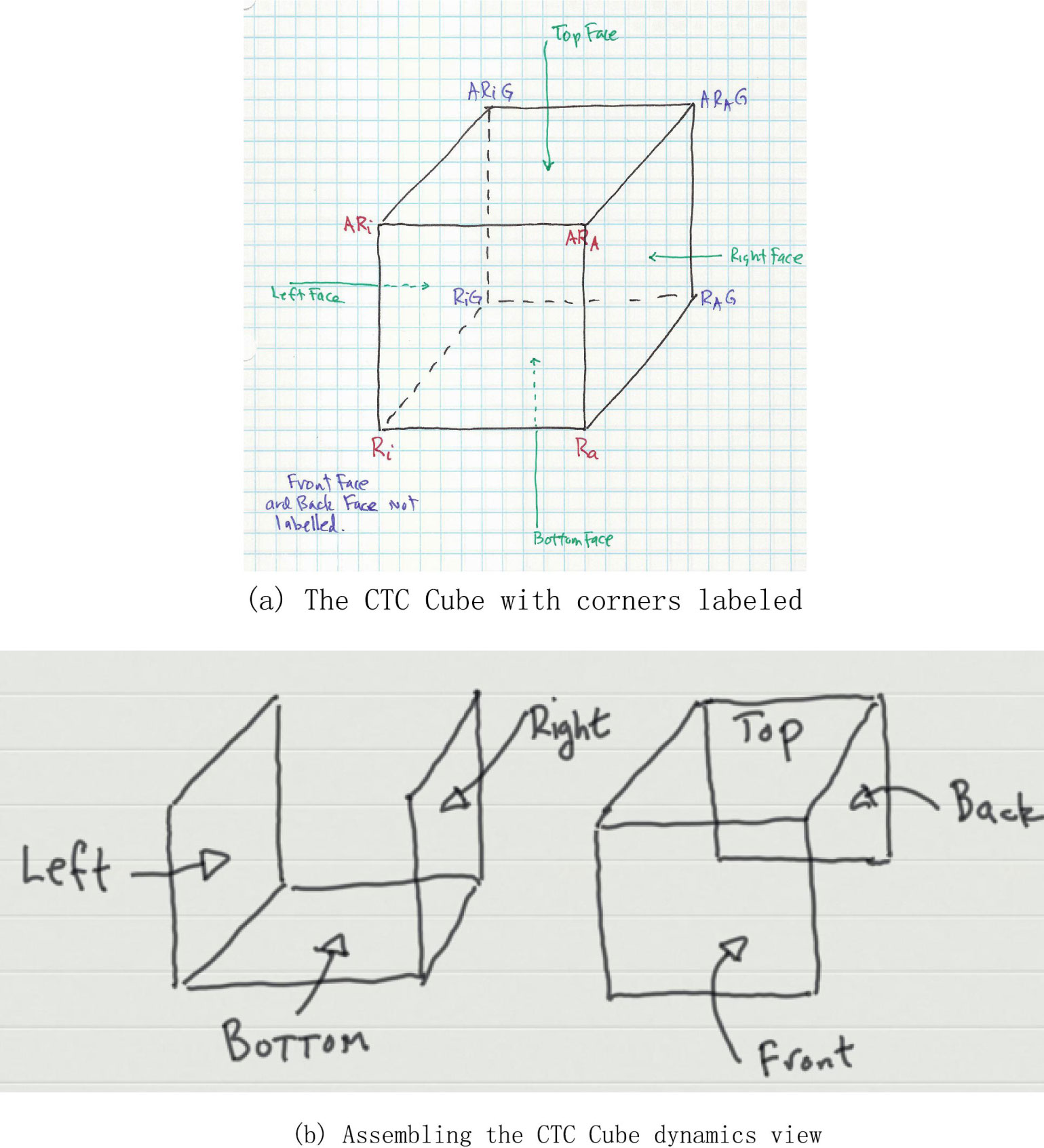
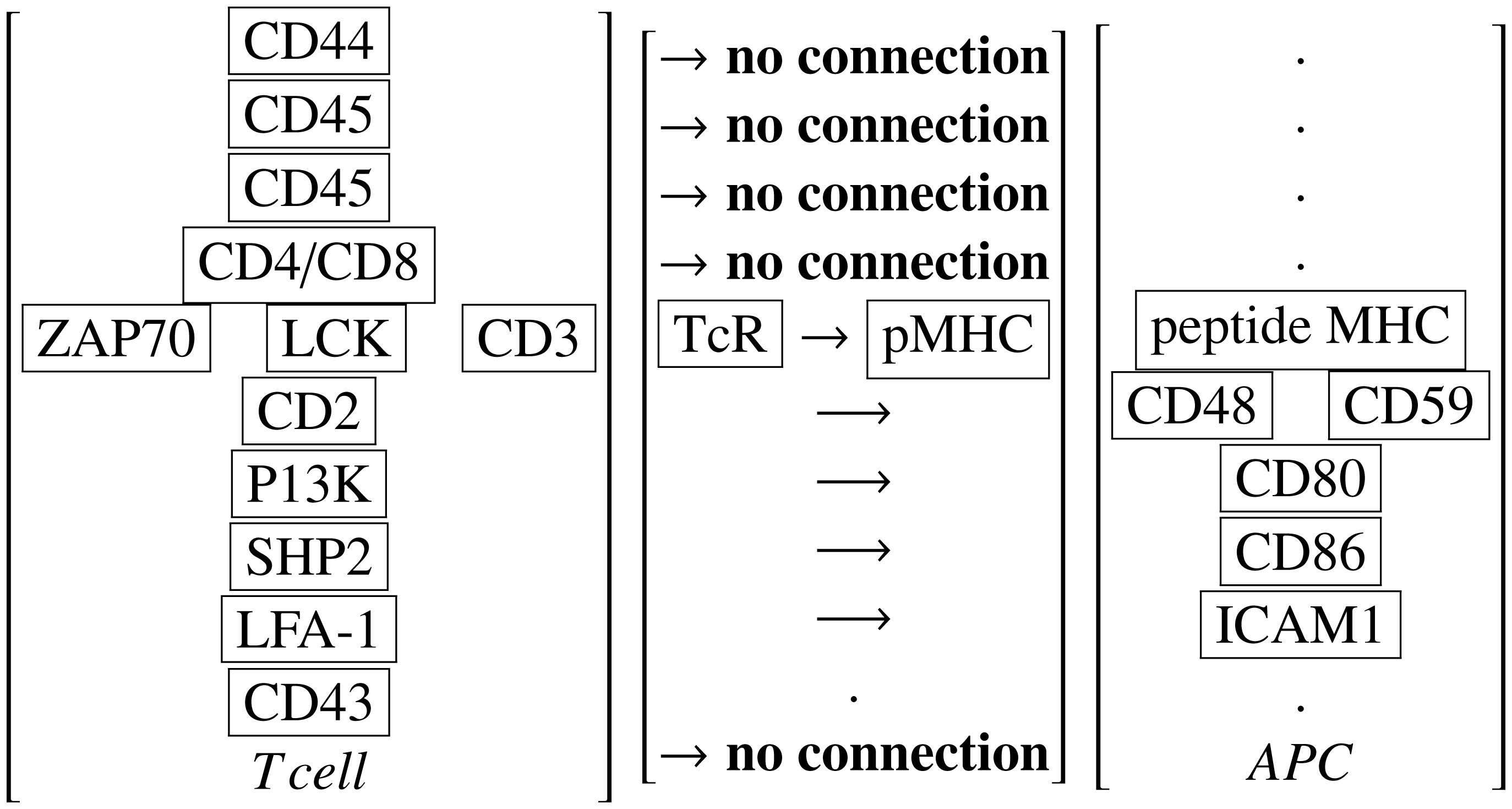
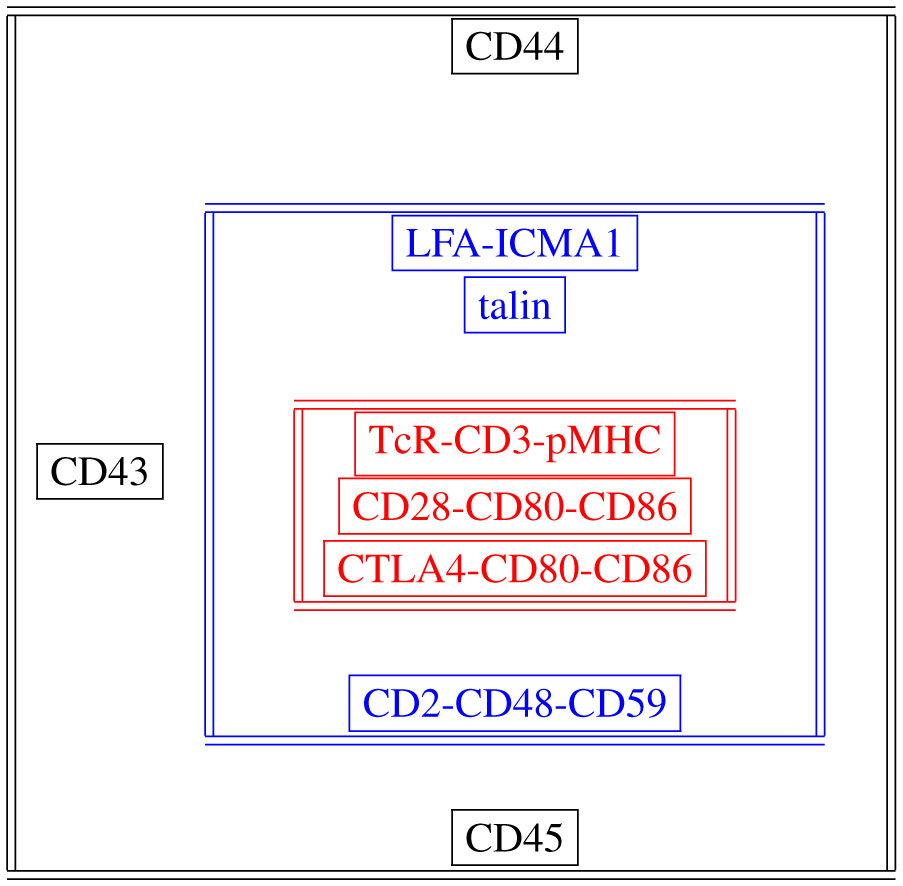

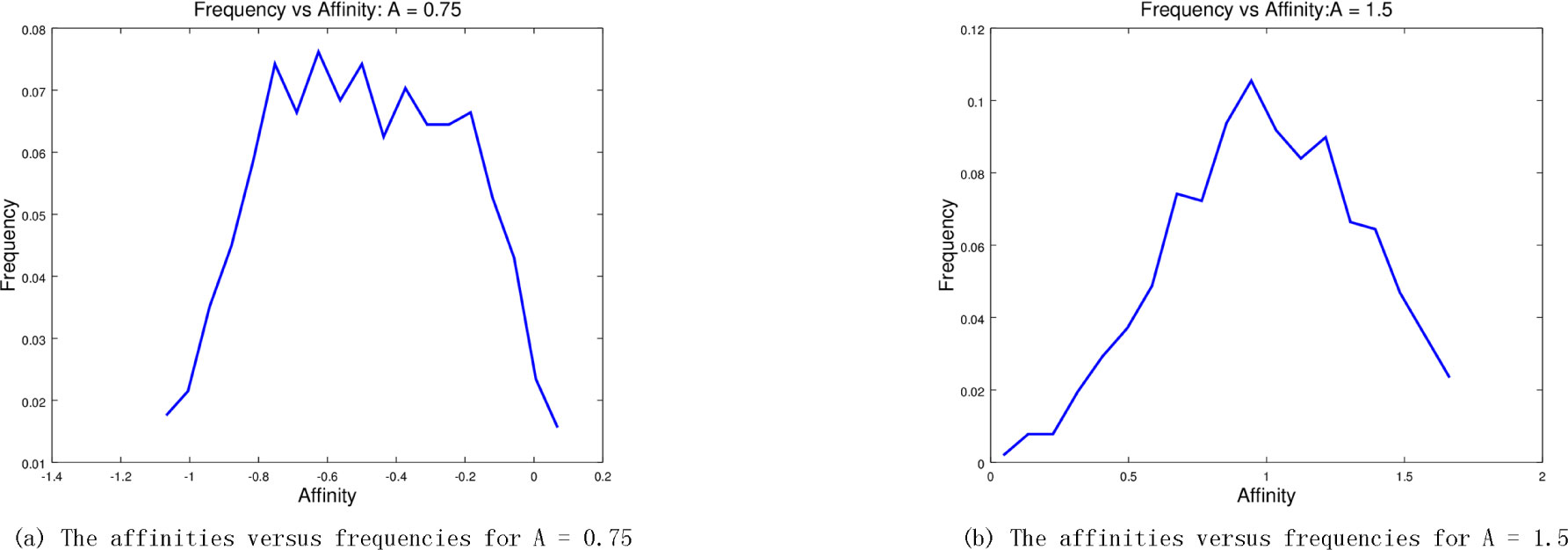
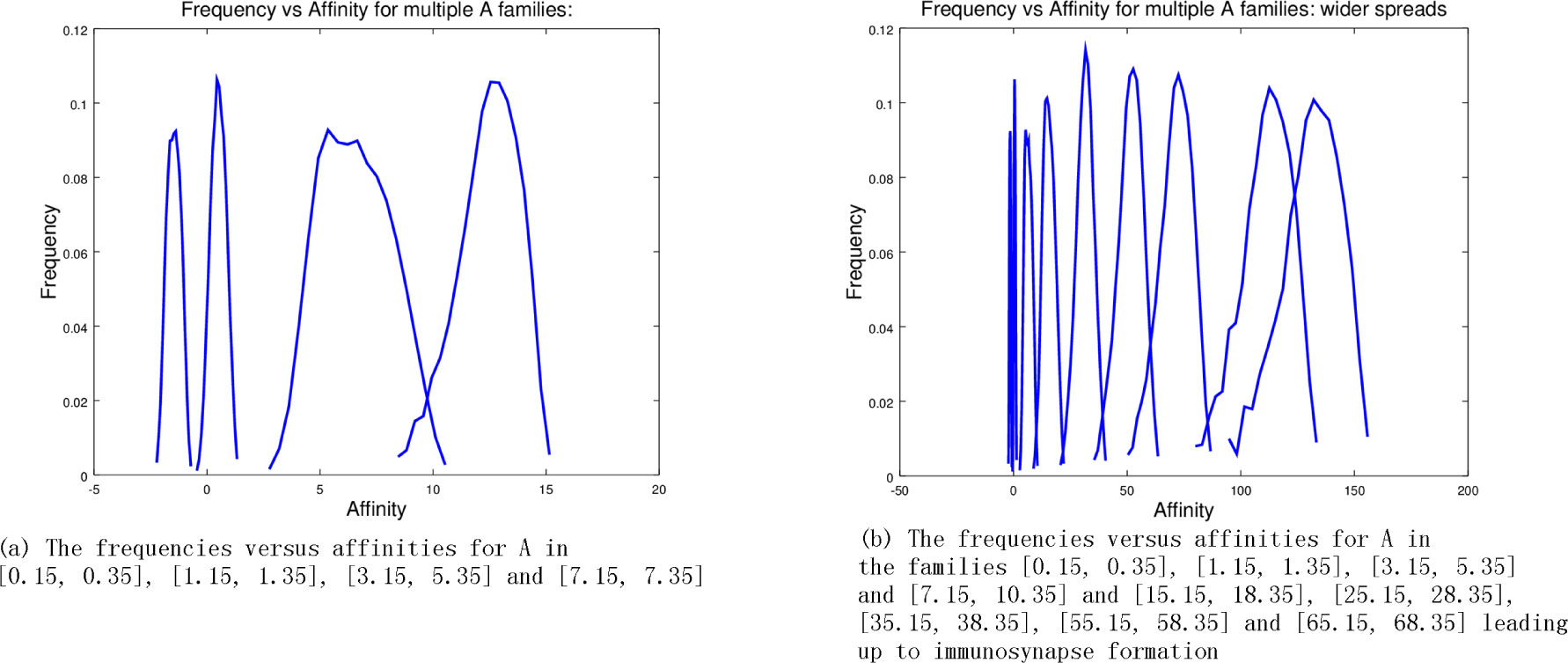
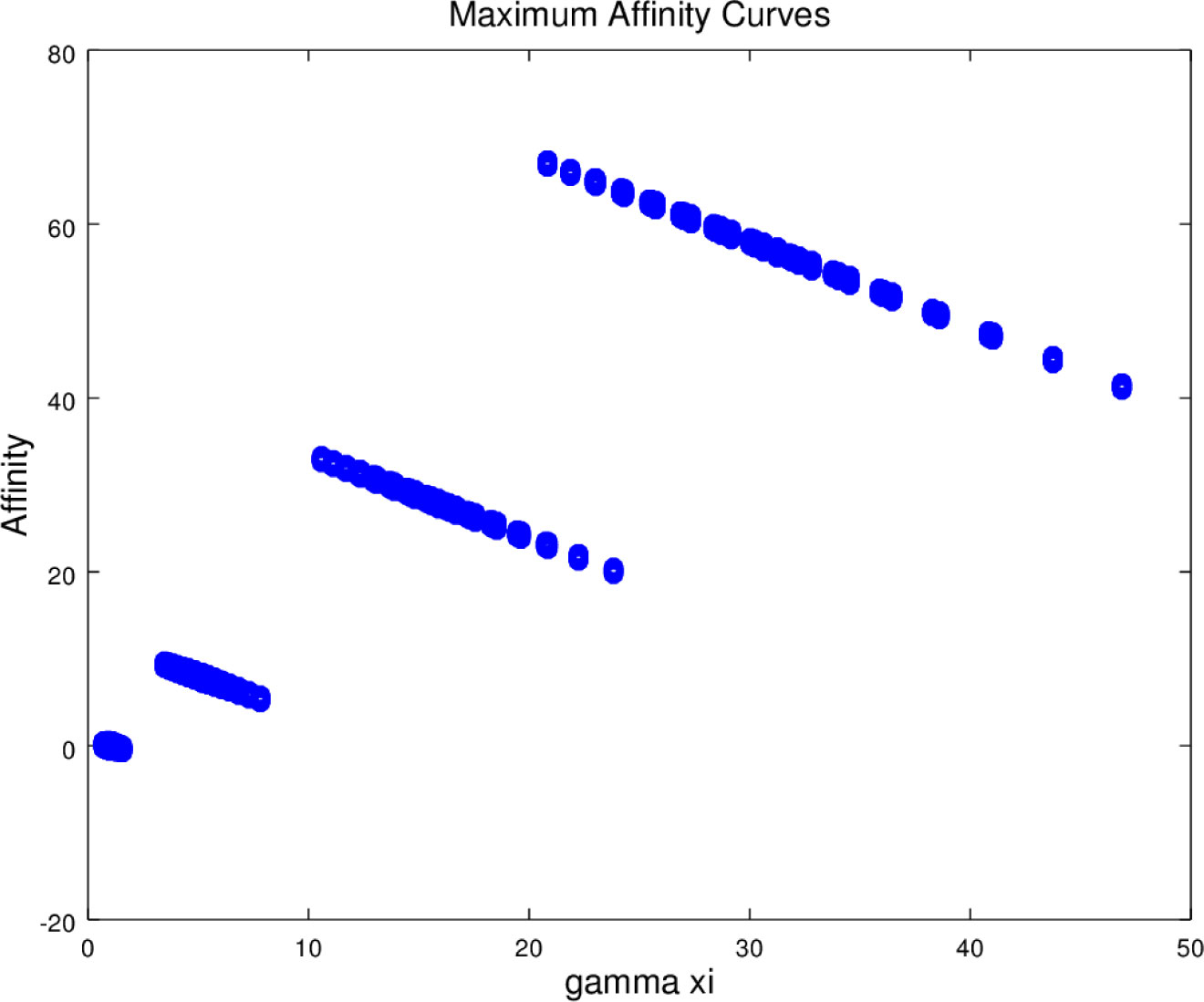


 DownLoad:
DownLoad: